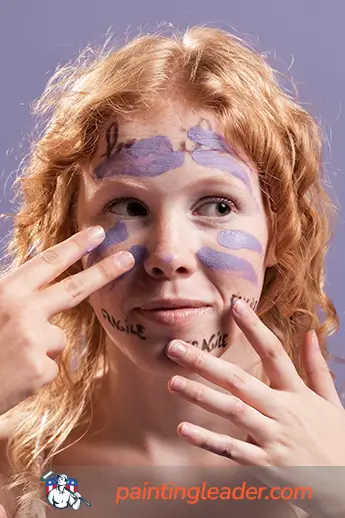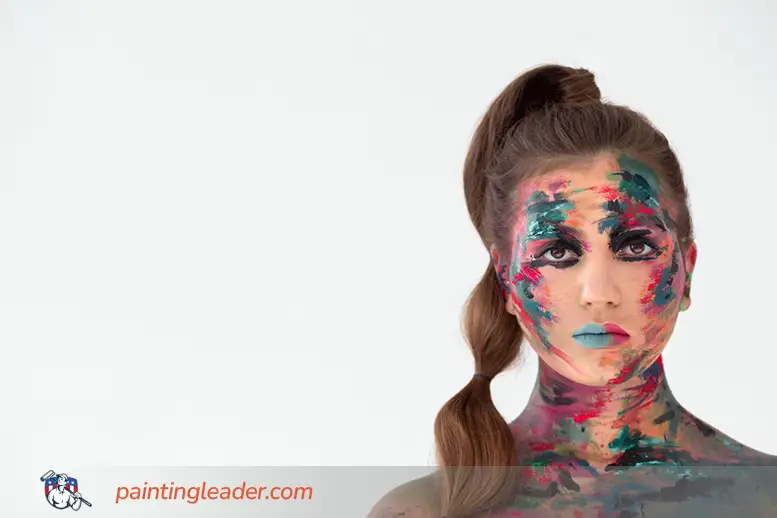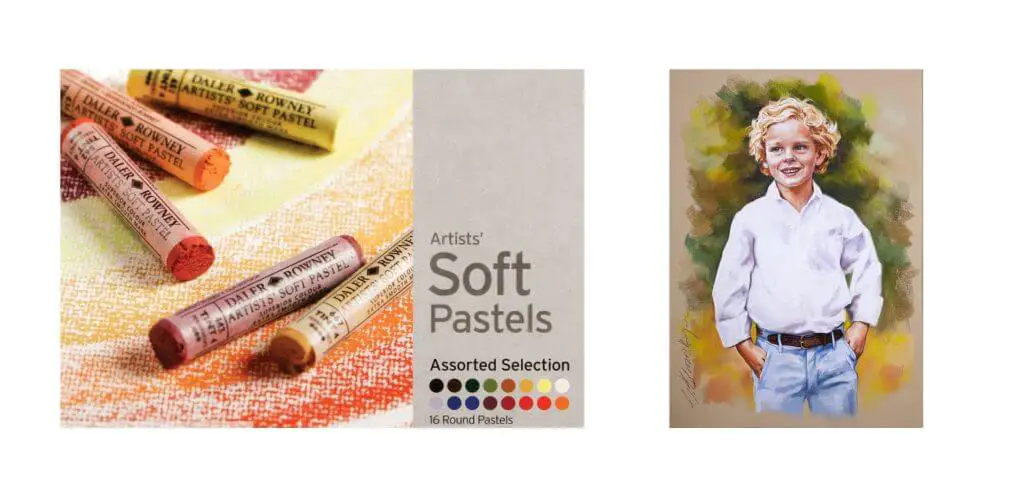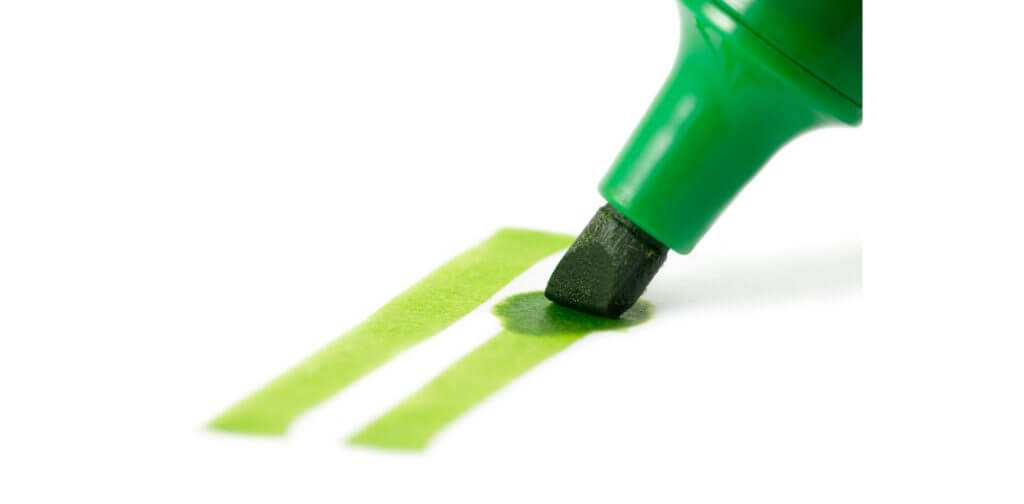When it comes to showcasing your skills with acrylic painting, you would most probably have a question: Is acrylic paint safe for skin? As someone who’s passionate about art and takes responsibility seriously, ensuring the safety of the materials you use for your work is important. Let’s take a look at the nuances of using paint on skin, considering important factors and safety measures.

Table of Contents
Understanding the Composition of Acrylic Paint
Whether you’re an artist preparing a model for a runway show or picking out face paint for a kid’s party, it’s crucial to be mindful of what you apply on your skin. That’s why doing some research and carefully reading product labels before you buy is super important.
Acrylic paint, known for its colors and quick drying properties, is made from water-based solvents. Unlike oil-based paints, acrylics are generally considered safe for use, which makes them a preferred choice for projects. However, not all acrylic paints are created equal.
There are various types of paints available, each with its own unique characteristics. Ranging from body to soft body variants, these paints cater to a variety of artistic needs. It’s important to choose paints that are explicitly labeled as non-toxic and suitable for face and body painting.
Choosing known brands that adhere to FDA regulations provides a level of confidence.
Specific Pigments and Their Potential Dangers
Understanding Pigments: Acrylic paint gets its vibrant colors from pigments, and it’s crucial to understand the pigments used. Some pigments could have risks, especially when applied directly onto the skin.
California Proposition 65 Warning: Many acrylic paints, due to the pigments used, come with a warning similar to California’s Proposition 65. This flags the potential presence of chemicals known to cause cancer, birth defects, or reproductive harm. So, researching the pigments in your paints and understanding their effects is crucial for safe use.
Common Pigments and Risks: Certain pigments used in acrylic paints may carry specific risks. For example, cadmium pigments are known to be toxic, and skin contact should be avoided. Similarly, lead-based pigments are hazardous to health. We advize that you always check the paint labels for information on pigments and possible risks.
While acrylic paint is great for canvases, it might not always be the best for your skin, and here is why:
- Not Totally Safe: Acrylic paint is overall safe, but some components in the colors can be harmful if they touch your skin. It might also cause irritation.
- Smells Can Be a Problem: When you use acrylic paint on your body, you breathe in the smell. Some studies say that this smell can have bad stuff in it, especially as the paint dries.
- Gets Hard as It Dries: Acrylic paint becomes hard when it dries, which is good for paintings on walls but not for your skin. It can block your pores and make your skin irritated. So, it’s important to wash it off soon after you’re done.
- Might Crack: Because it becomes hard, the paint can crack over time. This means you might have to fix it often, especially if you’re painting for a long time.
- Hard to Remove: If the paint dries on your skin, it’s not easy to remove. Regular soap and water might not work. You might need things like baby oil or rubbing alcohol, and even then, it might not come off completely. Also, be careful because pulling it off can hurt, like waxing.
Enhance your artistic skills by learning how to create captivating glow effects with acrylic paint. Our detailed guide takes you step by step through the process, offering insights into the best techniques and the right paints to use.

Applying Paint to Your Skin Safely
Painting with acrylic paint should be fun and worry-free, especially with so many techniques to try out. Here are a few easy tips for safe painting, especially if you have kids around:
- Please take a moment to read the labels on your paint, so you know what’s in it.
- Keep paint away from your mouth, eyes, and nose.
- If there are spills on the skin, wash them off immediately.
- Paint in a well-ventilated area or where there’s a breeze.
- Before you start, do a small skin test to make sure you won’t have a reaction. This simple step helps identify potential allergies and prepares you for a safer painting experience.
- Before painting, make sure your skin is clean, dry, and free from oils or lotions – cleanliness is key. Use a mild soap and water to cleanse if needed. For those with dry skin, apply a light, water-based moisturizer before painting. This not only creates a smoother skin but also makes paint removal easier.
- Store your paints out of reach of children and pets.
Choosing the Right Tools: Make sure your brushes or applicators are clean. Please avoid brushes that loose bristles, as these can be a hassle and irritating while you work.
Layering and Blending: Acrylic paints let you layer and blend colors for cool designs. Just make sure each layer dries completely so your colors don’t get mixed up or smudged.
Caution Around Sensitive Areas: Be careful around sensitive areas like your eyes, mouth, and any open wounds. It’s best to use special paints or avoid these areas to prevent potential irritation.
Optional Sealant for Lasting Color: To help your artwork last longer, think about using a skin-safe spray or powder. This helps set the paint and minimize smudging.
Removing Acrylic Paint Safely
Acrylic paint can be easily cleaned because it dissolves in water. The easiest way is to use warm, soapy water. Just gently rub the painted area with it and then rinse. Repeat if needed.
If the paint is still wet, wash it off under a tap. If it’s dry, you might need something stronger than water. Don’t let it dry for too long, though, as it can block your pores and irritate your skin. It’s best to wash it off quickly. If you can’t get to a tap and the paint has dried, there are a few ways to help, but be careful not to peel it off, especially from hairy areas – it can be painful and leave your skin red and irritated. Please avoid harsh chemicals or scrubbing to prevent skin irritation.
Another trick is to use baby oil. Gently rub the baby oil into the paint until it breaks into smaller pieces. The oil helps lift those bits, so you can easily wipe them away.
For stubborn spots, especially on larger areas, you might need an old toothbrush or a bristle brush along with warm soapy water to get the paint off.
After removal, keep an eye on your skin. If you notice that redness, itching, or irritation doesn’t go away, stop using that paint and seek advice from a healthcare professional.
A Word on Metallics and Glitters
When exploring metallic or glitter acrylic paints, be careful. Check for skin safety labels because these additives may have different ingredients than regular acrylics.
Storing Your Art Tools Safe and Sound
Store your acrylic paints in a cool, dry place. Check expiration dates regularly and throw away any paints that look old or damaged.
Selecting Safe Paint for Your Art Projects
It’s good to know which paints are safe for your skin. Choose your paint wisely for a safe and enjoyable artistic experience. Here are some options:
Water-Based Paints: These are safer for your face and body. Water-based paints follow strict safety standards and release fewer harmful chemicals. But keep in mind that they can crack as they dry, which might not be great for detailed body painting.
Latex Body Paint: It’s commonly used in cosplay and costume design and doesn’t leave a residue. However, make sure you’re not allergic to latex, and keep in mind it’s not ideal for extreme heat—it could lead to issues like heatstroke or harm your skin.
Henna: Traditionally used in Asia and Africa, Henna is plant-based and leaves a red or brown tint on the skin. It’s safe for all ages, and while it fades naturally, you can speed up the process with exfoliation.
Commercial Body Paint: Available in jars or spray cans, these paints are tested and controlled for safety. Before going all in, please test a small area of your skin to make sure you won’t have any bad reactions. Various brands offer a good choice of colors, with instructions for creating vibrant artworks.
Body Paint Markers: Non-toxic and safe for both adults and children, these markers are like regular paint but in a convenient pen form. Always check the label to ensure it’s suitable for all areas of the body.
As I mentioned earlier, to protect your skin while having fun with acrylic paint, it’s important to know what goes into it. Please be aware that the Environmental Protection Agency provides some valuable insights into paint composition and potential risks. Check out their guidelines on VOCs in Paint to make informed choices about the products you bring into your art projects. Knowing about Volatile Organic Compounds (VOCs) helps you select paints that not only match your creative vision but also prioritize your health.

FAQ
Is acrylic paint safe for skin?
Yes, acrylic paint is generally considered safe for skin. Unlike oil-based paints, acrylics are made from water-based solvents, making them less toxic. It’s important to choose acrylic paints labeled as non-toxic and safe for face and body painting. Always check for FDA compliance when choosing reputable brands.
However, acrylic paint is not intended for use on the skin. You should not intentionally apply it to your skin, even if it is non-toxic.
What are the risks of pigments in acrylic paints?
Some pigments in acrylic paints can be risky, especially if they touch your skin. For example, cadmium pigments can be toxic, so it’s best to avoid long skin contact. If a paint has a California Proposition 65 Warning, it might contain chemicals that can be harmful. It’s important to look up the pigments in your paints and be aware of potential risks.
How can I safely remove acrylic paint from my skin?
Acrylic paint can be easily removed from the skin. For wet paint, use warm, soapy water, gently rub the painted area and rinse. If the paint has dried, avoid peeling it off, as it can be painful. Instead, use warm soapy water and, if needed, an old toothbrush or bristle brush. Baby oil can also help break down dried paint. After removal, keep an eye on your skin for any redness, itching, or irritation.
Which paints are safe for skin and body painting?
There are several safe options for body painting:
We recommendusing water-based paints for their adherence to strict standards; they are generally safe for face and body. Another option may be latex body paint, popular in cosplay; it doesn’t leave a residue but should be avoided if you’re allergic to latex or exposed to extreme heat. Traditional henna, a plant-based paint from Asia and Africa, is safe for all ages and fades naturally over time. Commercial body paints are safe as well; always test a small area for potential reactions. Body paint markers are non-toxic, convenient in pen form and suitable for both adults and children—just check the label for specific body areas.
Conclusion: Balancing Artistry and Safety
In conclusion, the question, “Is acrylic paint safe for skin?” finds its answer in responsible usage. By following the steps we advised, you can seamlessly practice acrylic painting, enjoying a perfect balance between your creativity and well-being.
Remember, art should not only be a feast for the eyes but also a celebration of your health and safety. Enjoy your acrylic painting journey responsibly!
You might be interested in our comparison guide on Satin vs Regular Acrylic Paint. The guide will help you make informed choices to achieve the desired visual effects in your paintings.
For more than 15 years, I’ve been immersed in the world of painting, and I’ve created this website to share my passion and knowledge with fellow art enthusiasts. My artistic journey has led me through various mediums, techniques, and styles, always pushing the boundaries of expression. I invite you to explore the captivating realm of art with me – a journey of creativity, self-expression, and the endless possibilities that painting offers.
Feel free to reach out to me via email at leanna.ange@gmail.com. Whether you have questions, want to share your own artistic experiences, or simply connect, I’m here to engage in the wonderful dialogue that art inspires. Looking forward to hearing from you!






